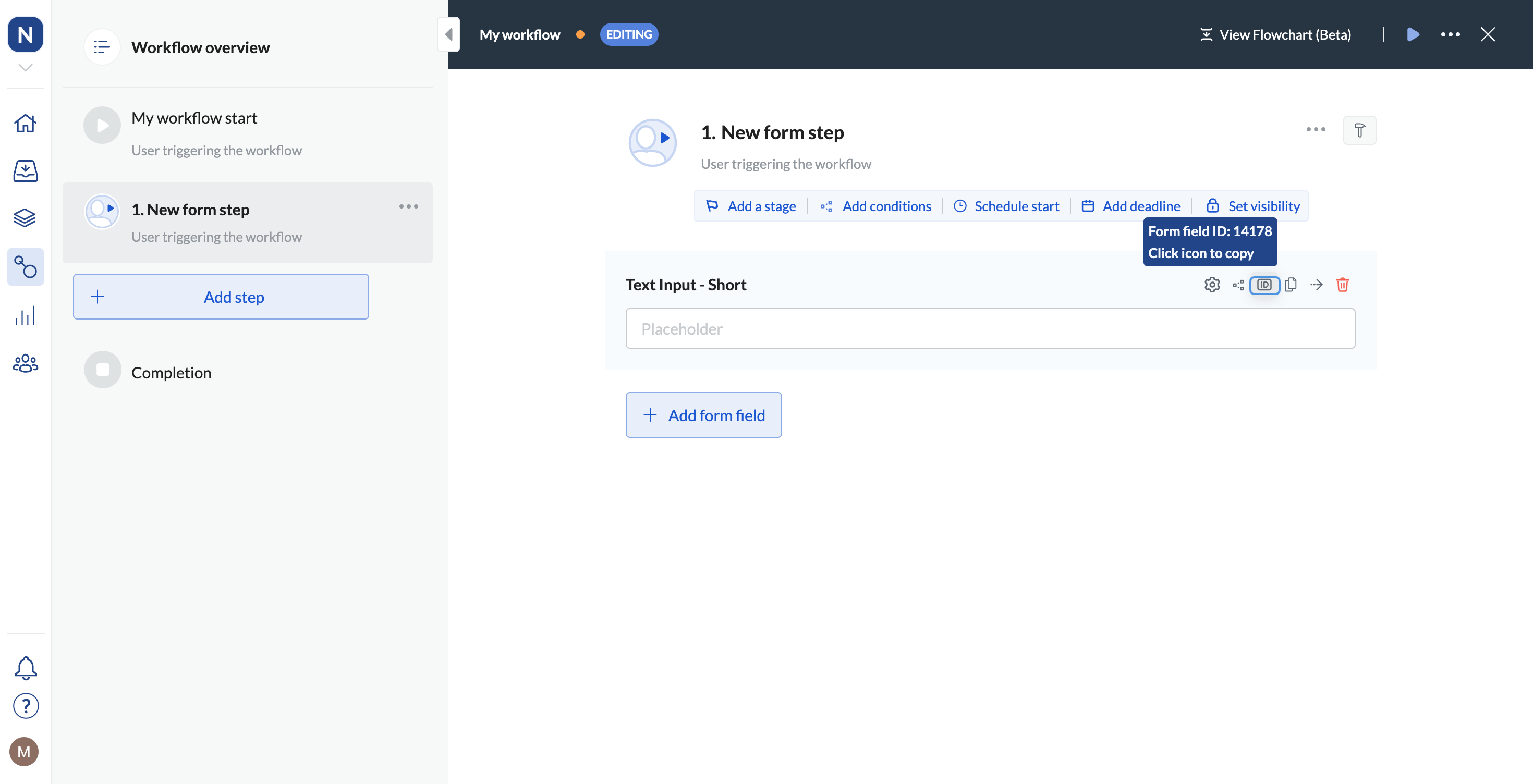Authentication
Azure Event Hubs doesn’t use OAuth 2.0 scopes like Microsoft Graph API. Instead, authentication is handled through Shared Access Policy.Before you begin
Connect your hub
- Log in to Next Matter with an admin account.
- In Automations Library [left-hand navigation panel], click Connect on the Azure Event Hubs tile.
- Paste your Connection string for a specific event hub from your Azure Portal.
Find the Connection string
Find the Connection string
- Open your Azure Portal.
- Navigate to Event Hubs and select your Event Hub Namespace. This should be the namespace where the event hub you’ll use with Next Matter resides.
- In the left-hand menu, click Settings > Shared access policies.
- If the policy hasn’t been created for this event hub, click + Add, give the namespace a name, and select the Listen and Send policies.
- Click Create.
-
Click the policy to open it and copy the Primary connection string.
It should look like the following:
Create a consumer group for Next Matter listener
A consumer group specifies the listener that should receive the data from an event.- In your Azure Portal.
- In the search bar at the top, type Event Hubs and select Event Hubs from the results.
- Select your Event Hub Namespace.
- Select the Event Hub and click it.
- In the left menu, select Consumer groups (under Entities).
- Click + Consumer group.
- Enter a unique name (for example, NM-service).
- Click Create.
Receive data
This operation extracts the data from an event, turns it into reusable variables, and sends the data to the specified fields in the Next Matter workflow. Before you configure this operation, you should have the workflow created as you’ll need the IDs of the specific form fields where you want the event data to reside.- In your Next Matter portal, click Workflows.
- Click Edit workflow.
- Click +Add step and select Integration > Azure Event Hubs.
- Select the Receive event data operation.
- Select the event hub you want to receive the data from and the consumer group you created for Next Matter.
- Select the data you need to use in the Next Matter workflow. In the Event data filters, specify the filter path and value (this is the value we’ll be filtering the event for). After we’ve filtered the event payload, we’ll turn the data into variables you can reuse later.
To get the right path, check the data section of the payload. For example, if your schema looks like the one below and you want to extract the ID data, enterdata.inputdata.idin the Property path field. Do not use$or[]list access.
- Enter User properties filters to extract custom properties and optionally System properties filters to extract event metadata, such as timestamp.
- In your workflow, create the next step. It should be a form with short or long text fields. The fields will be populated with the filtered data and the step will automatically be marked as completed. Copy the IDs of the form fields into the Receive event data operation.
$ Variable JSON path in the Receive event data operation.
Where is the form field ID
Where is the form field ID
- In your left-hand navigation, click the Workflows icon.
- Hover over the follow-up process and click on the menu icon.
- Click Edit workflow.
- Click the step to which you’d like to send data.
- Click the ID icon for the field to which you want to copy data.
- Copy Form field ID.

-
Enter the IDs of the form fields in the Data destination section and the variable JSON path. For example, if the data looks like the following, the
idpath will be:$.data.inputdata.id -
Save your changes.
Testing the integration is not available as it involves data from a future event.
Send data from Next Matter to the Event Hub
- In your Next Matter portal, click Workflows.
- Click Edit workflow.
- Click +Add step and select Integration > Azure Event Hubs.
- Select the Send event to Hub operation.
- Select the event hub to send the data to.
-
In the Event data field, enter the data you need to send. You can enter the JSON manually or use data references to replace specific data chunks. Your data to send might look like the following:

- (Optional) You can send custom workflow data as properties to the event hub. Enter the name and value of the data chunk, or select a data reference.
- Save your operation.
All timestamps and date formats are displayed according to UTC time.

